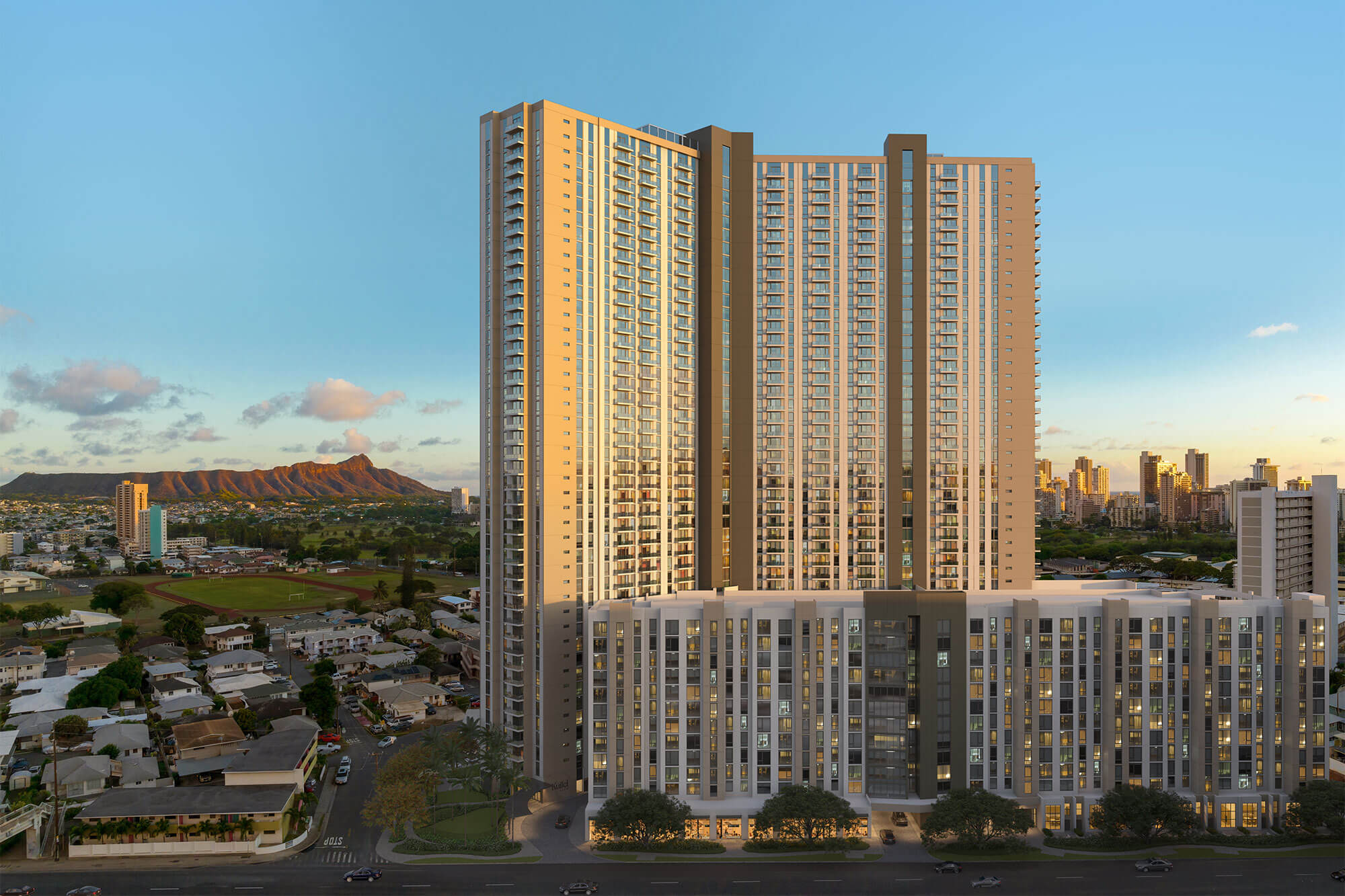Step by Step: Exploring the Benefits of Walkable Communities
May 23rd, 2023
There’s nothing quite like the feeling of stepping out of your front door and strolling down the street to school, a café, or your favorite new restaurant. Each and every day, that’s exactly what homeowners will experience at Kuilei Place. Take a leisurely walk outside the property and you’ll discover a community with an eclectic collection of dining options ranging from trendy new eateries to beloved local gems, specialty shops and community destinations. Whether you’re in the mood for a quick bite or appreciate the simple pleasures of an afternoon walk through the park, you’ll find it’s all easily accessible from your new home at Kuilei Place.
One of the biggest benefits of living in a walkable community like Kuilei Place is the positive impact it can have on your health.
With a walkability score of 90 points, our neighborhood has been deemed a haven for pedestrians by WalkScore.com. In fact, studies have shown that living in a walkable neighborhood can lead to lower rates of obesity, diabetes and heart disease. Walking is also a great way to reduce stress and improve your mood, making it an ideal way to start or end your day.
But the benefits of walkable communities extend beyond individual health.
According to urban planner Jeff Speck, walkable neighborhoods are also good for the health of communities as a whole. In an interview with The Atlantic, Speck explained that walkable neighborhoods tend to be more socially and economically vibrant, with higher levels of engagement and a greater sense of belonging among residents. By making it easy for people to walk to their destinations, walkable communities actually encourage people to interact with one another and build stronger connections.
Not only is walking great for your health and the health of your community, it’s also an environmentally conscious choice that can significantly reduce carbon emissions.
According to the EPA, the transportation sector accounts for a staggering 29% of greenhouse gas emissions in the United States. By choosing to walk instead of drive, you’re making a small but meaningful impact on reducing those emissions.
Exploring your neighborhood on foot brings your senses to life in ways that driving cannot.
Propelled by the power of your own two feet, you can enjoy the scent of blooming pikake from a neighbor’s yard, listen to the birds singing at sunset and develop a deeper connection with your community as a whole. By living in and utilizing our walkable community, you improve your own quality of life while also contributing to the health and vibrancy of the surrounding neighborhoods.



